Shark species blamed for 25% of Florida's bites seen near New England. Is warming water to blame?
A pair of shark species responsible for at least 24% of Florida's shark bites have been spotted off Rhode Island in recent summers, apparently drawn by warming waters, a local shark researcher says.
Blacktip and spinner sharks are common in the warm water off Florida, but researcher Jon Dodd, executive director of the Atlantic Shark Institute in Wakefield, was surprised to see the two species of similar-looking sharks off Rhode Island in the summer of 2020.
Upon seeing one of the sharks, Dodd recalled the researchers looking at each other and saying, "That looks like a blacktip, but it can't be a blacktip up here."
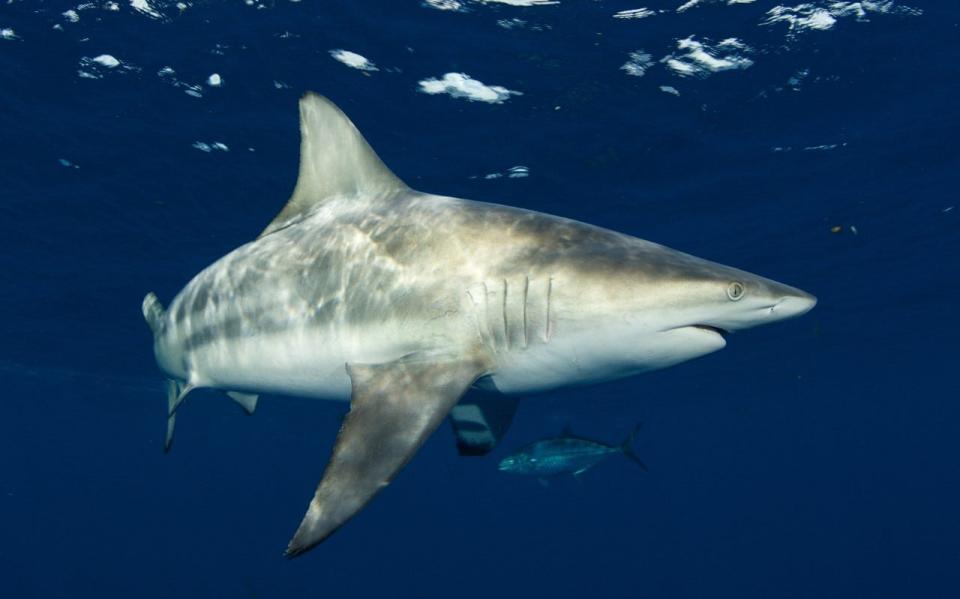
Dodd and other researchers confirmed their presence with video in the summer of 2021, and in the summer of 2022 they put acoustic tags on three spinner sharks to track their movements. Dodd said, "There's a sense these were the northernmost spinner sharks ever tagged with this sophisticated technology."
Now both species are part of studies involving the Atlantic Shark Institute and its partners to answer questions about their migratory patterns, namely: "How many are here, what are they doing here, what impact" will they have on other species, Dodd said.
"We've got a couple of shark species coming into the region we haven't seen before," Dodd said. "I'm really excited about it, but also concerned about it."
What lies beneath coastal waters?: Beware of sharks swimming closer to shore
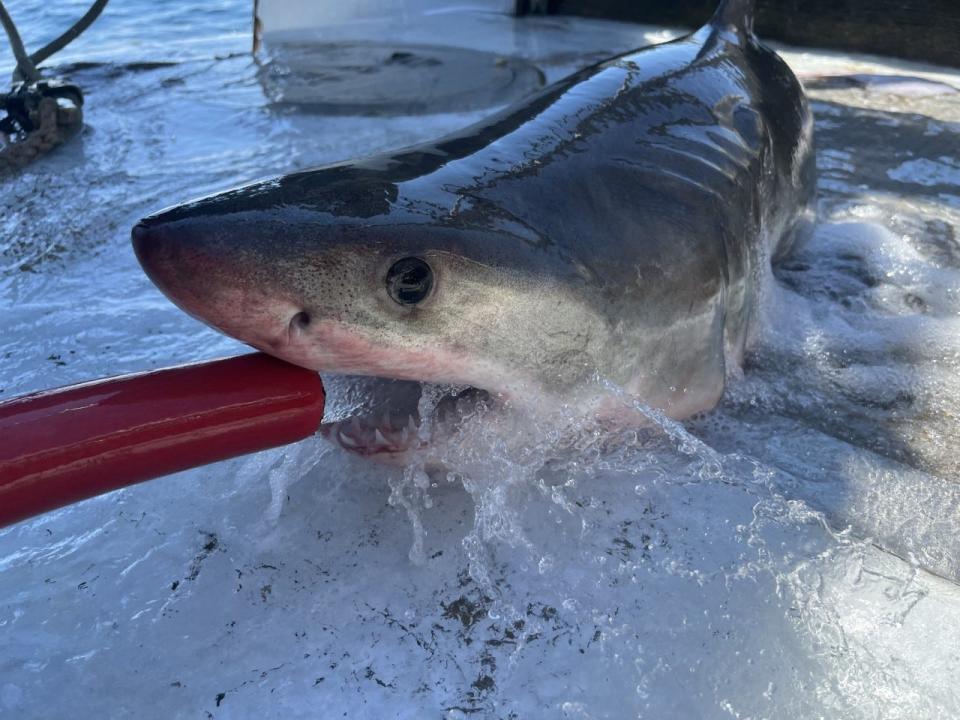
Both species among the top for shark bites
He's concerned in part, because he believes the sharks are migrating northward due to warming ocean waters, and he wonders what effect a northern migration could have on them. For example, could it expose them to heavier fishing pressure, whether they're targeted or netted as bycatch? Both species, he notes, are classified as "near threatened" by the International Union for the Conservation of Nature.
Dodd also knows they like to feed close to shore and are listed in the top 10 species worldwide for shark bites, although he noted that the sharks are relatively small and none of the attacks have been fatal.
"They like to be close to shore, in the wash," Dodd said. "Both of them are nippers."
Blacktip sharks have been involved in 16% of Florida's unprovoked shark attacks since 1926, while spinners have been involved in 9%, according to the International Shark Attack File. The actual percentage is probably higher, since 36% of the attacks fall into a category attributed to the family Carcharhinidae, which includes blacktip, spinners and sandbar sharks, the Shark Attack File said.
"Due to the similarity of small coastal species in this group in tooth shape, body size, and appearance, it is often difficult to assign a species in bite cases. Based on life history traits, ISAF suspects blacktip sharks ... account for the majority of these requiem bites in Florida," the International Shark Attack File said. "However, these cases lack enough evidence to be conclusive."
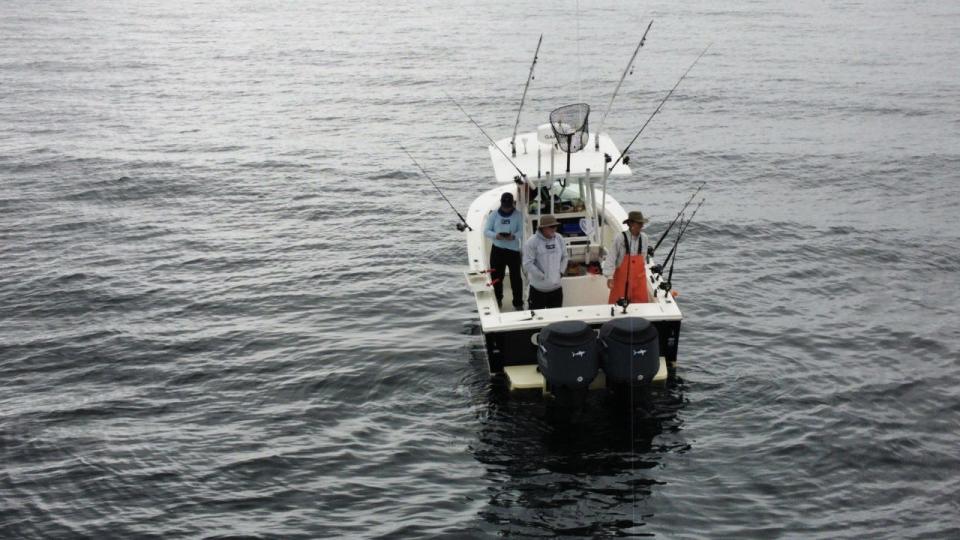
Dodd also noted that the waters off the south side of Long Island had an unusually high number of shark bites last summer, with six. The species was identified in just one of the attacks; it was a sand tiger shark identified by a tooth fragment. "Is there a correlation" with the recent presences of blacktips and spinners in nearby waters, Dodd asks. "We have no idea."
An Atlantic Shark Institute boat was between Montauk and Block Island, where the water temperature ranged from 69.3 to 72 degrees, when the group tagged the three spinner sharks this summer.
The United States Environmental Protection Agency says sea surface temperatures rose an average of 0.14 degrees per decade between 1901 and 2020. Most parts of the world's oceans have seen temperatures increase, but some areas have cooled, including parts of the North Atlantic, the EPA said.
Are the sharks following warmer water?
While Dodd was surprised when he spotted that first blacktip shark off Rhode Island three summers ago, Professor Stephen M Kajiura, of Florida Atlantic University in Boca Raton, has been noticing a decline in the number of blacktips off Florida.
"We are seeing far fewer blacktips during the winter in [southeast Florida] than just a decade ago," Kajiura said via email. "This corresponds with warming ocean temperatures. Because the water is at their preferred temperature farther north, they do not have to migrate all the way down to [southeast Florida] to be comfortable. They can find their preferred water temp at higher latitudes so only migrate far enough to remain within their preferred temp."
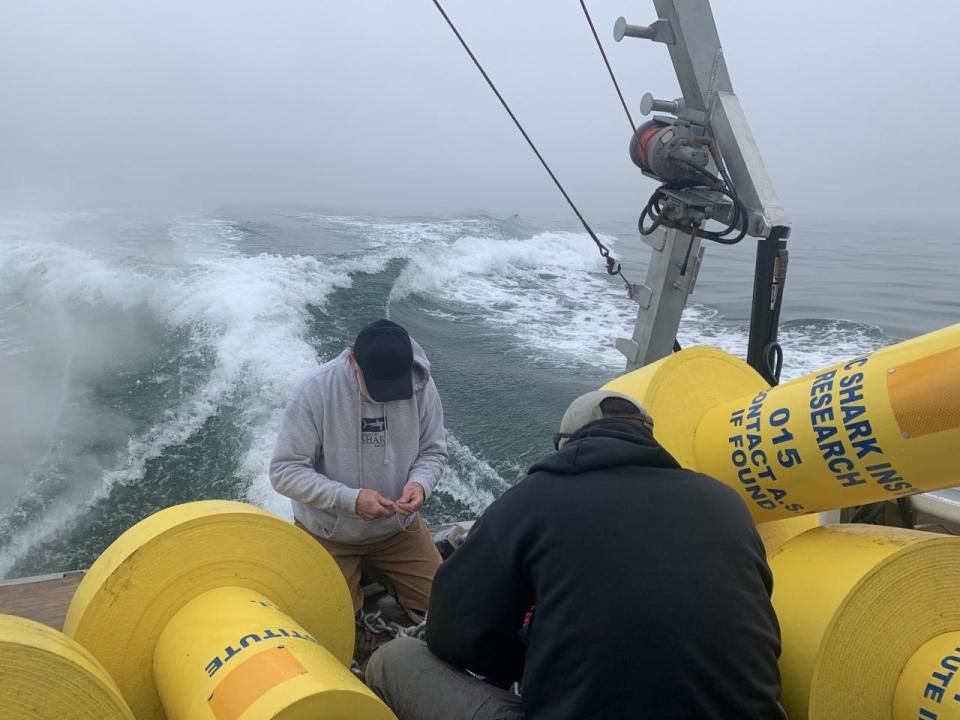
He said, "The blacktips are now going as far as Long Island N.Y in much larger numbers than they did before. They are arriving earlier and likely staying later to remain within their preferred temperature."
"Blacktips are responsible for more bites on humans than any other shark," said Kajiura, who has been tagging and studying the species for more than a decade. "This is primarily because the blacktips are found immediately adjacent to the beach, where the humans are swimming."
Dodd noted that the bites are typically a mistake, which can, among other factors, be due to low visibility in murky or dark water, baitfish in the area or a person wearing shiny jewelry.
"Sharks are quite adept at determining food items from non-food items. Thus the reason you can see hundreds of blacktip sharks off of Florida, from a drone shot with hundreds of people in the water nearby and no attack," Dodd said. "If sharks considered humans a food source, swimming would be just about impossible in many areas."
The Atlantic Shark Institute and the Elasmobranch Research Laboratory at Florida Atlantic University are collaborating to study the migration of blacktip sharks. Kajiura and researchers from the Atlantic Shark Institute plan to tag in New England and Long Island waters with fin-mounted satellite transmitters.
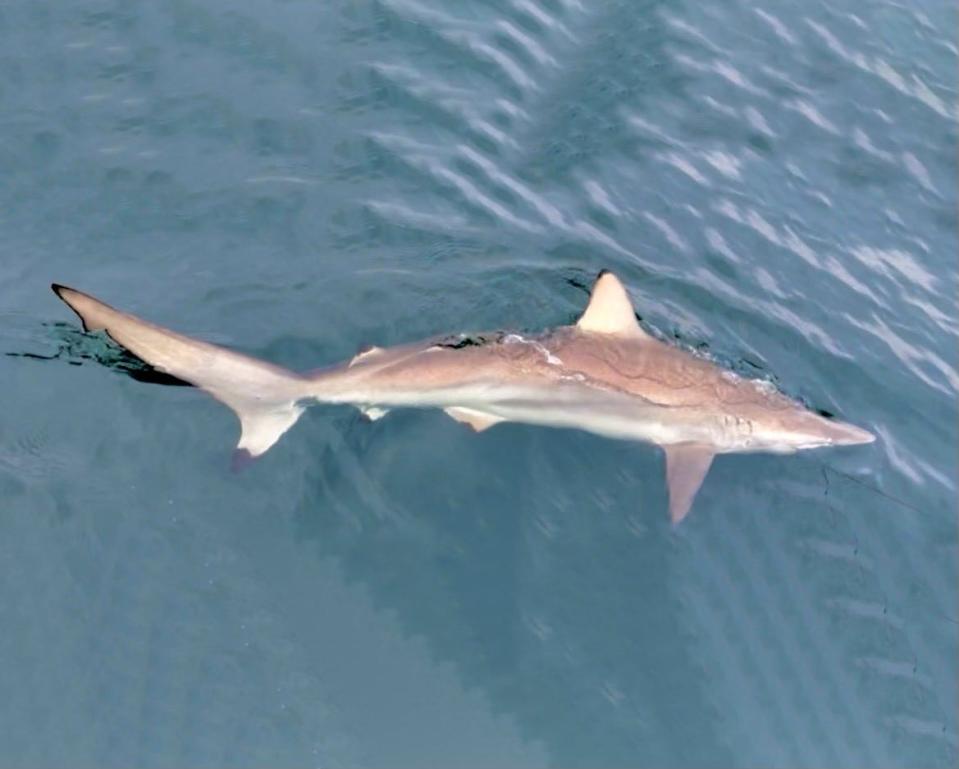
For the study on spinner sharks, the institute is working with Florida Atlantic University, the Rhode Island Department of Environmental Management, NOAA's National Marine Fisheries Service and the Massachusetts Division of Marine Fisheries. For that study, the institute tagged three spinner sharks this summer and plans to tag at least 15 more next summer. Those tags will send a signal anytime the shark passes close to acoustic receivers set up from the Gulf of Mexico up the East Coast to Canada.
"We'll be able to track the movements of those three spinner sharks," Dodd said. "Will they move further north?"
Dodd hopes the research on these and other species will answer this and many other questions in coming years. For example, will the beaches of Long Island have more bites this summer and, if so, will researchers learn which sharks are causing the problems?
"They could have all been sand tigers, or other sharks may be involved," Dodd said. "It's an anomaly right now, and future years will either confirm that, or perhaps a trend will emerge."
More coverage for USA TODAY subscribers
Our changing environment: It was once the largest wood stork nursery in North America. Now, it's nearly bereft of birds.
A mother's fight: She was wrongfully convicted of killing her toddler daughter. Now, she wants the state to pay her
Chronic pain: America’s children are in pain, too. But they shouldn’t be treated as little adults.
From Hollywood to caged: Capture, death of beloved P-22 mountain lion is part of a growing problem
This article originally appeared on USA TODAY: Sharks species common in Florida bites now seen in Rhode Island waters

